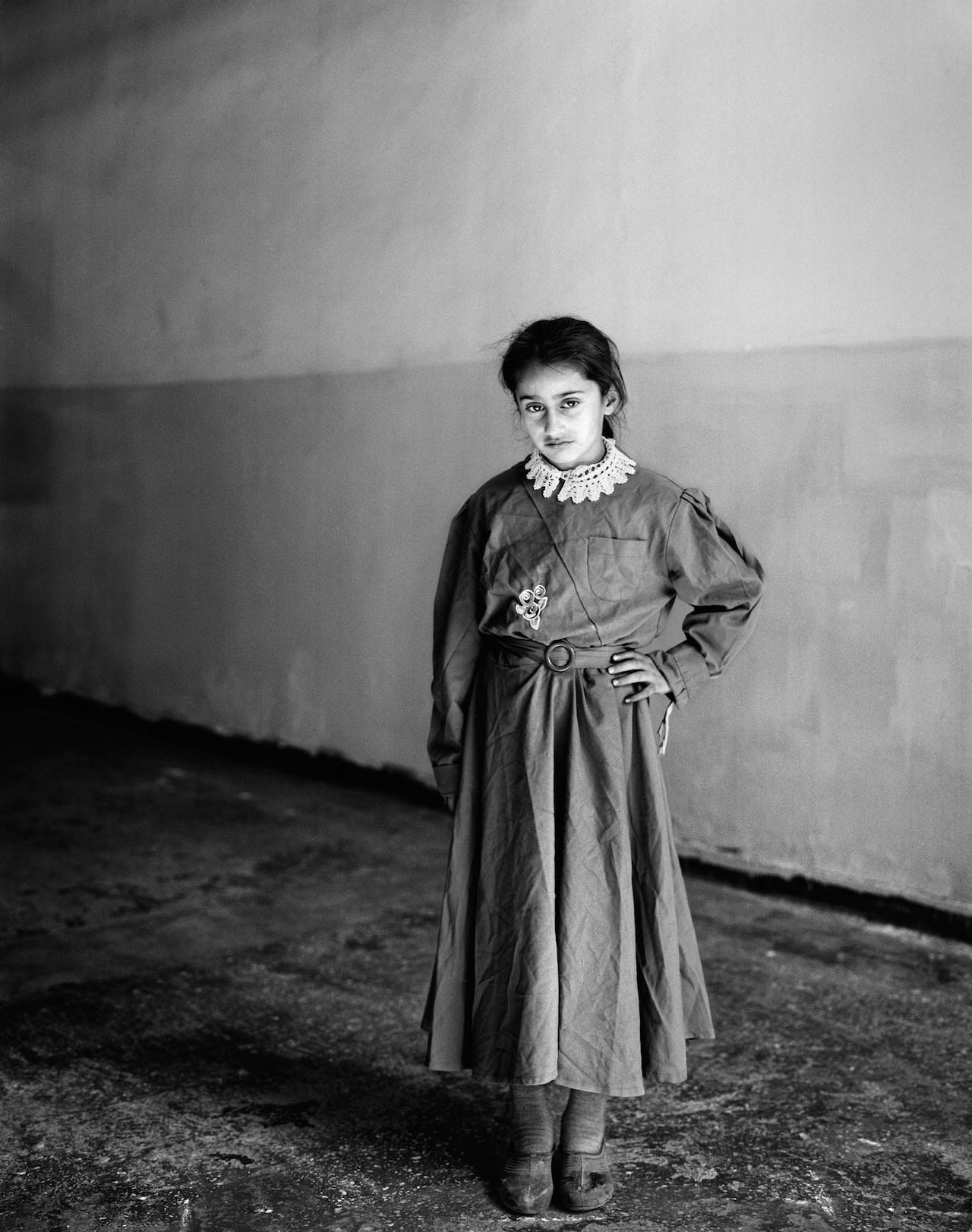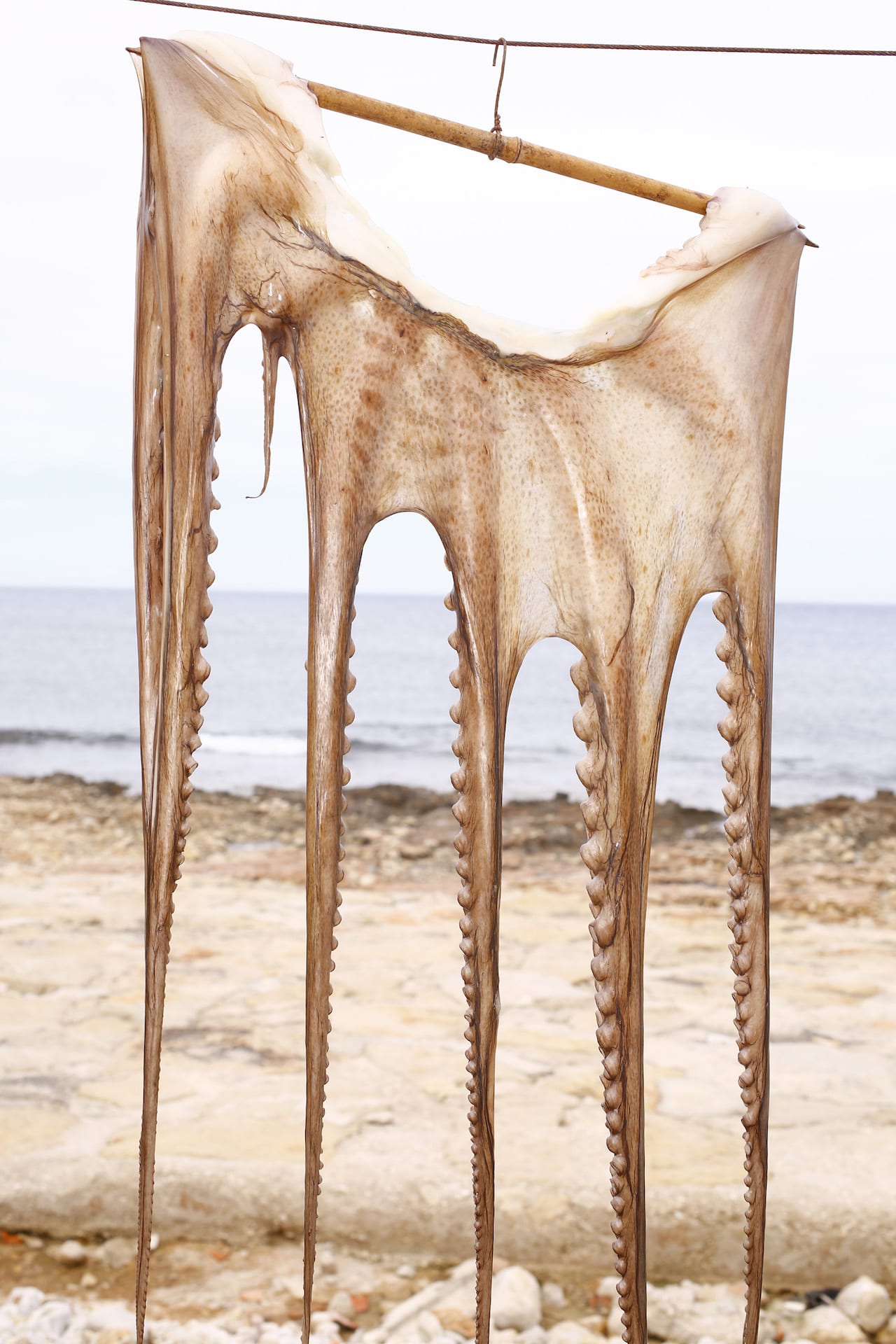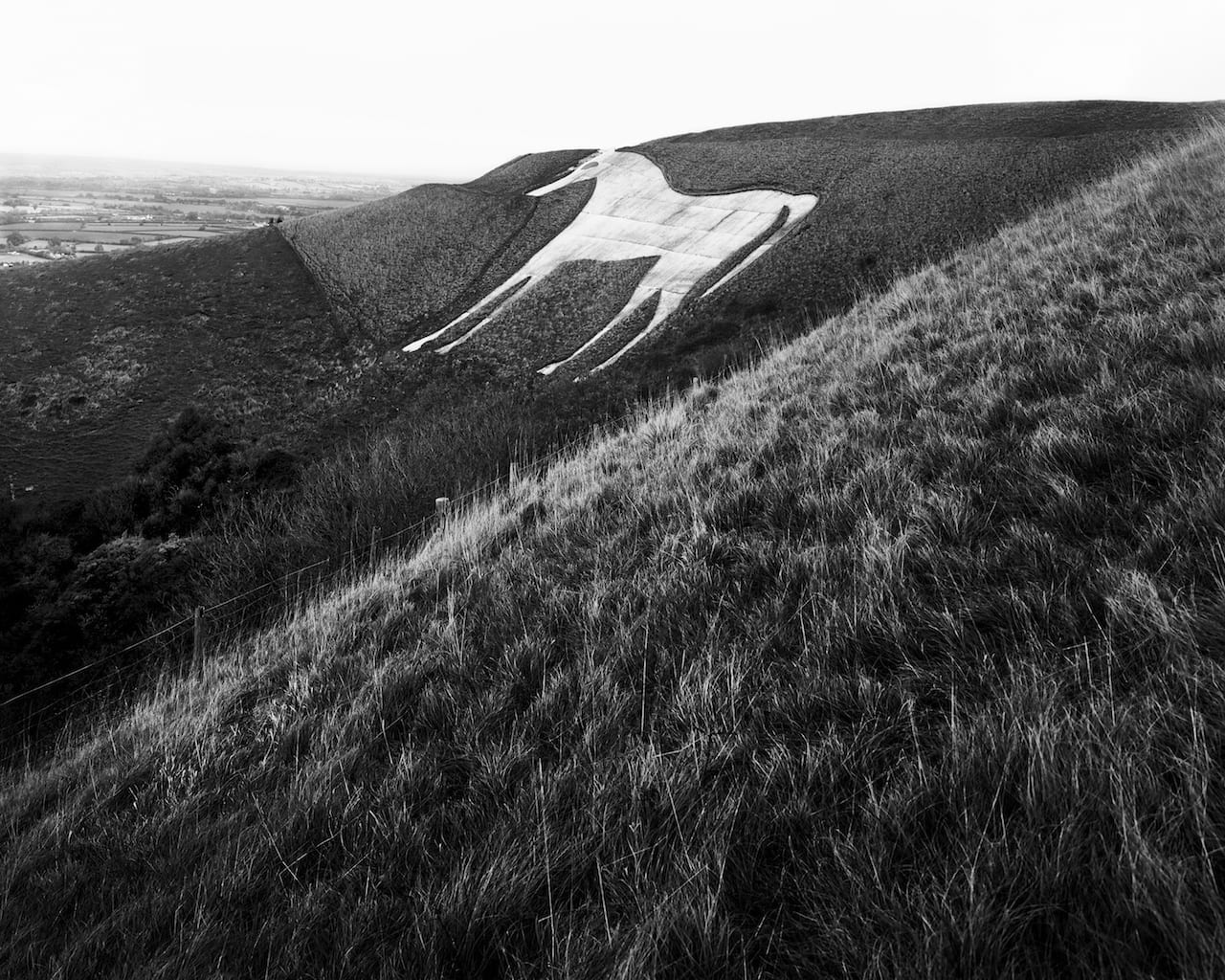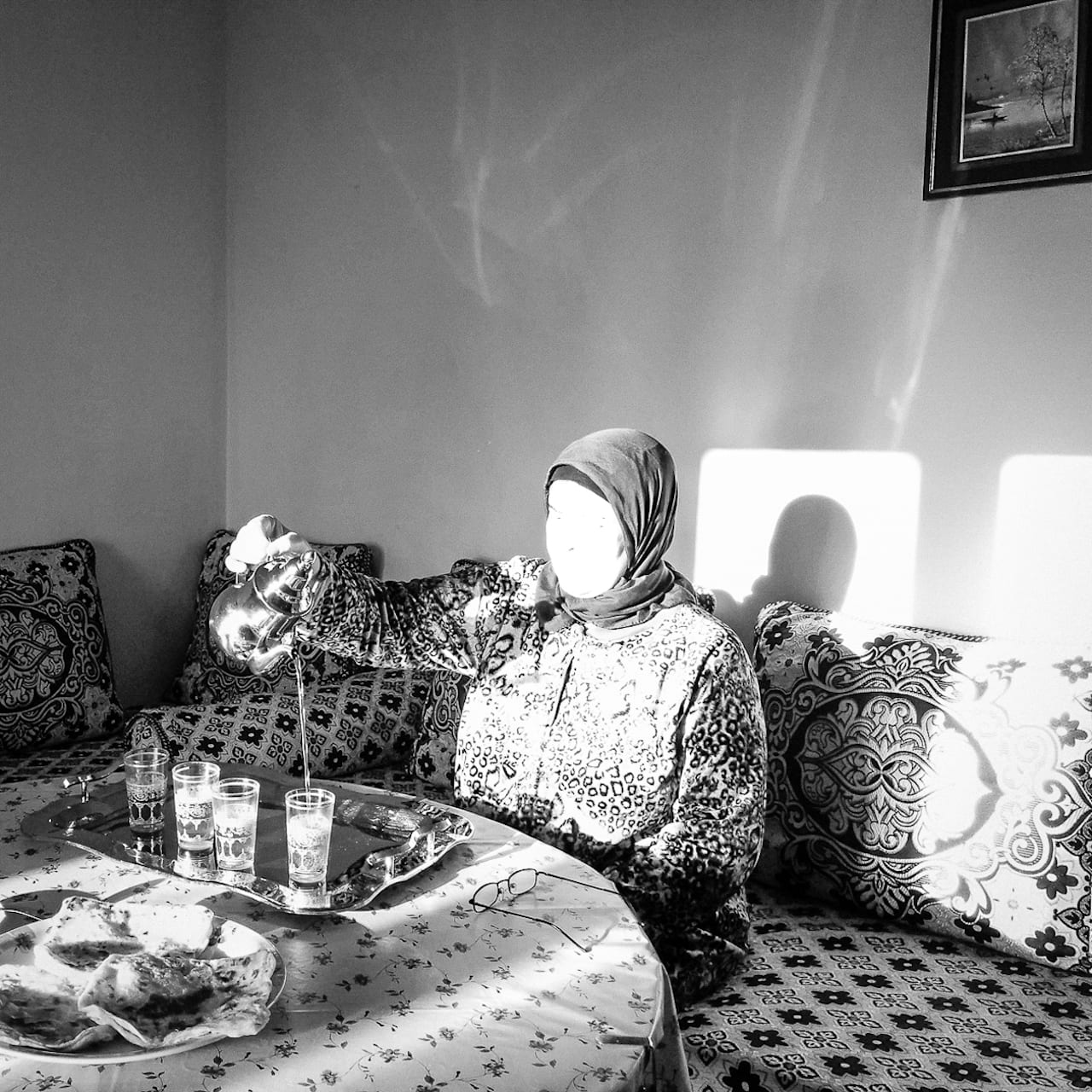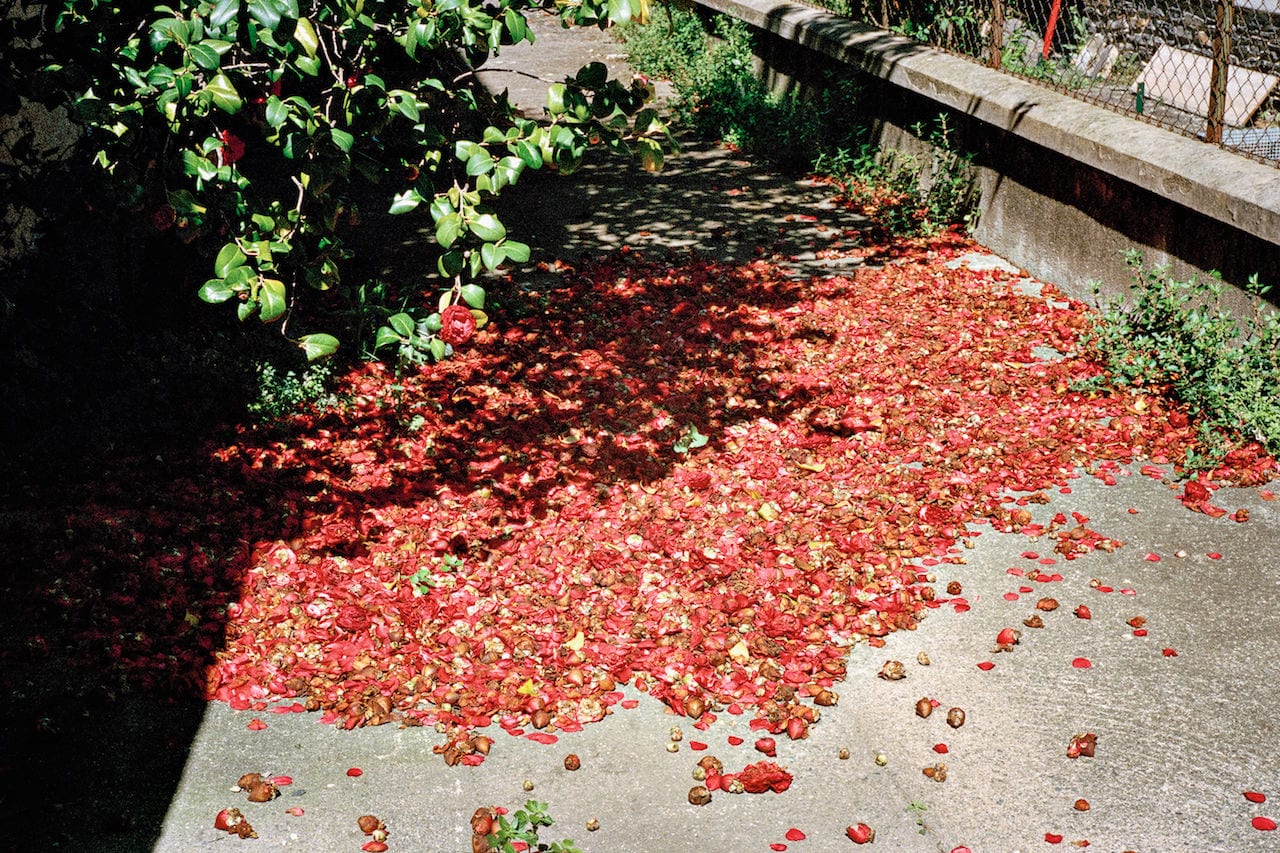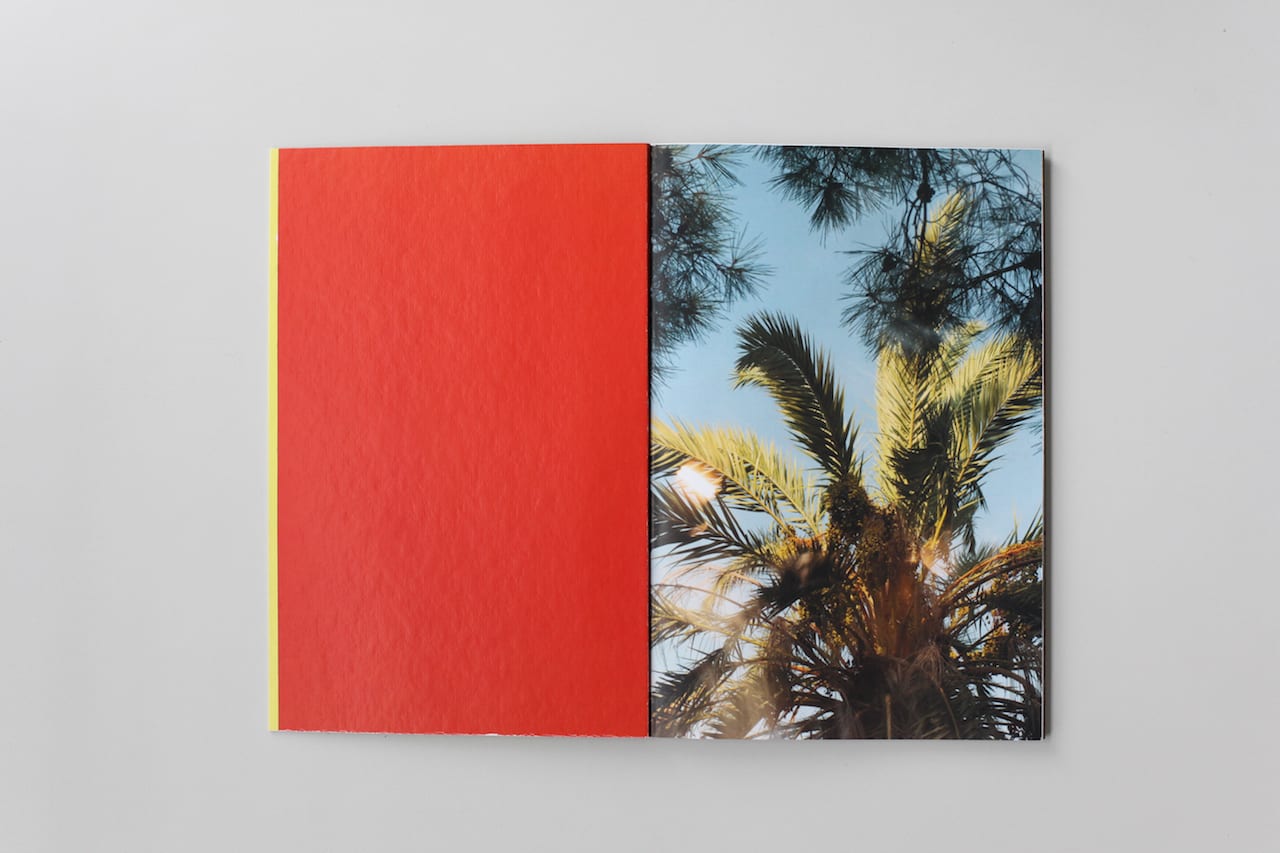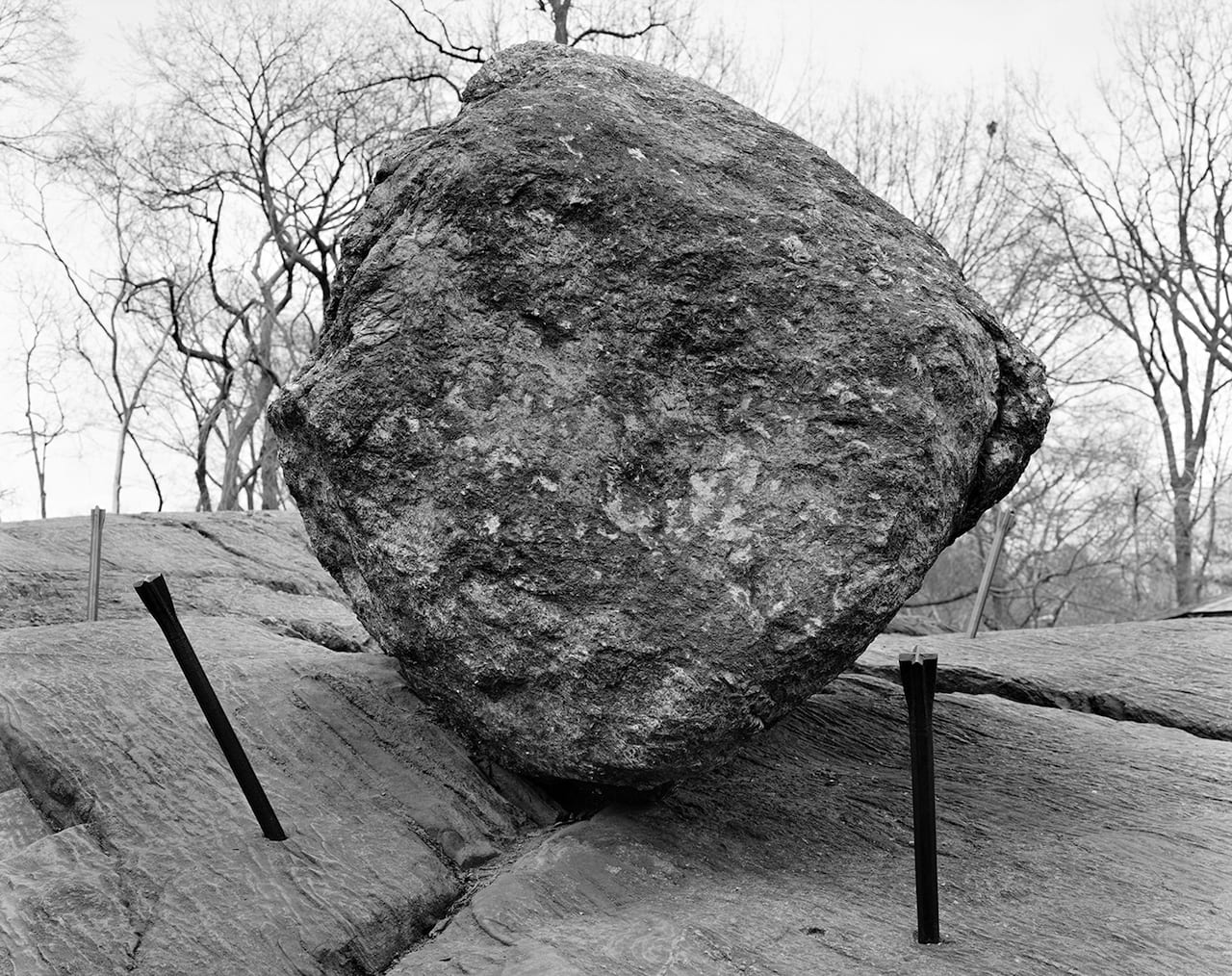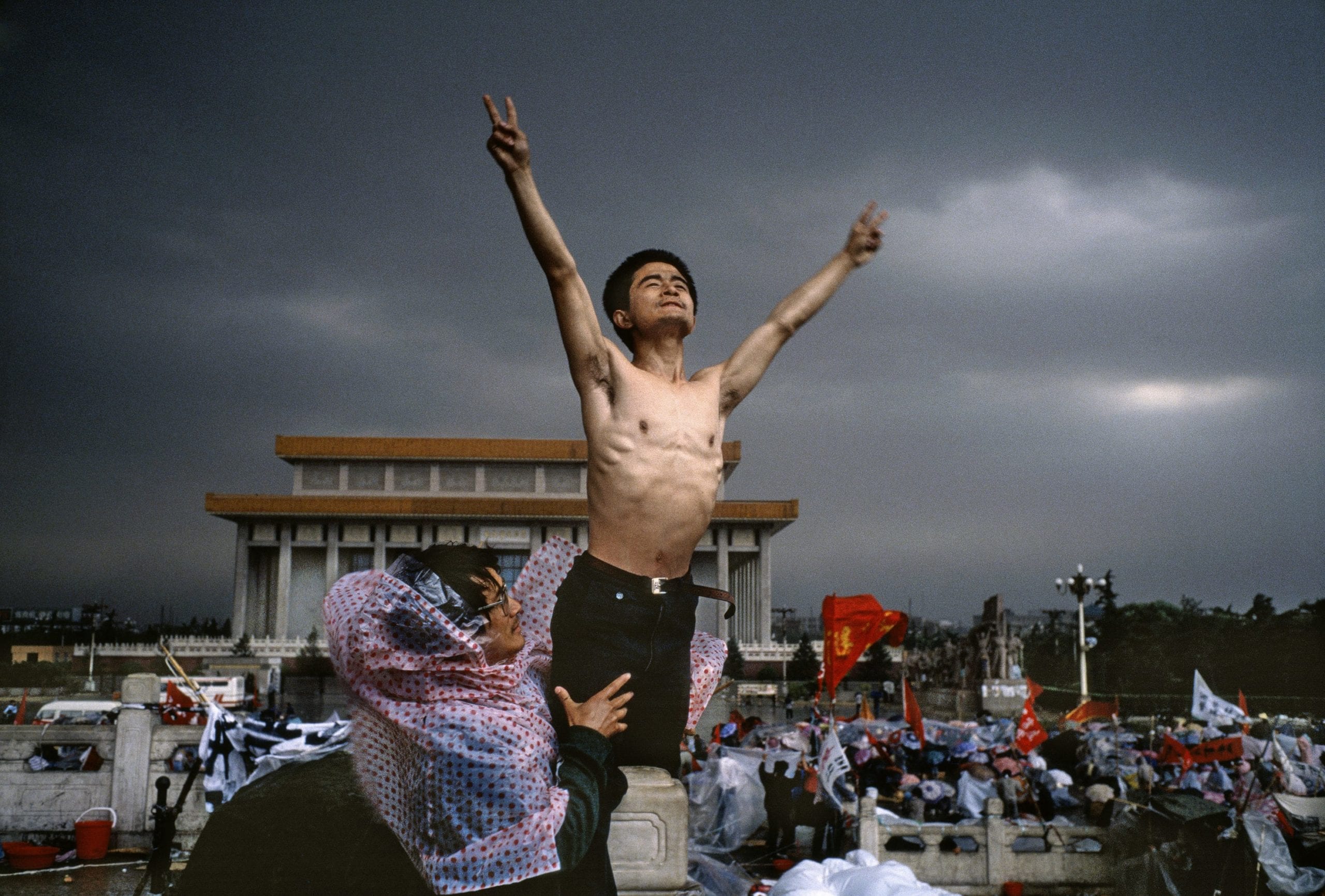It’s show time for a new batch of graduates, with photographers and artists around the UK showing off the last work they’ve completed as students. The BA Photography and BA Photojournalism & Documentary Photography shows have already taken place at the London College of Communication, for example with strong portfolios by Herman Rahman and Freya Clayton-Payne, among others; the University of Westminster’s MA Documentary Photography and Photojournalism and MA Photography Arts students are showing their work at Ambika P3, London from 23-28 June, meanwhile, with new graduates including Cheryl Newman, former photography director of the Telegraph Magazine.
Free Range at London’s Old Truman Brewery, meanwhile, offers institutions based outside the UK’s capital the chance to show work in it, taking over the East London warehouses for two photography weeks – 22-25 June, and 29 June-2 July. Exhibitions are free and open from Friday-Monday both weeks, and institutions taking part include Falmouth University, Arts University of Bournemouth, and University of East London. Here BJP picks out our selection of the works that will go on show.


